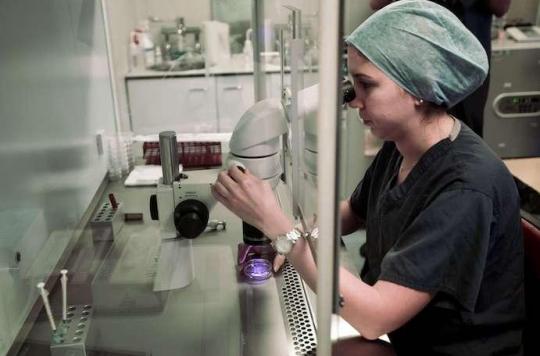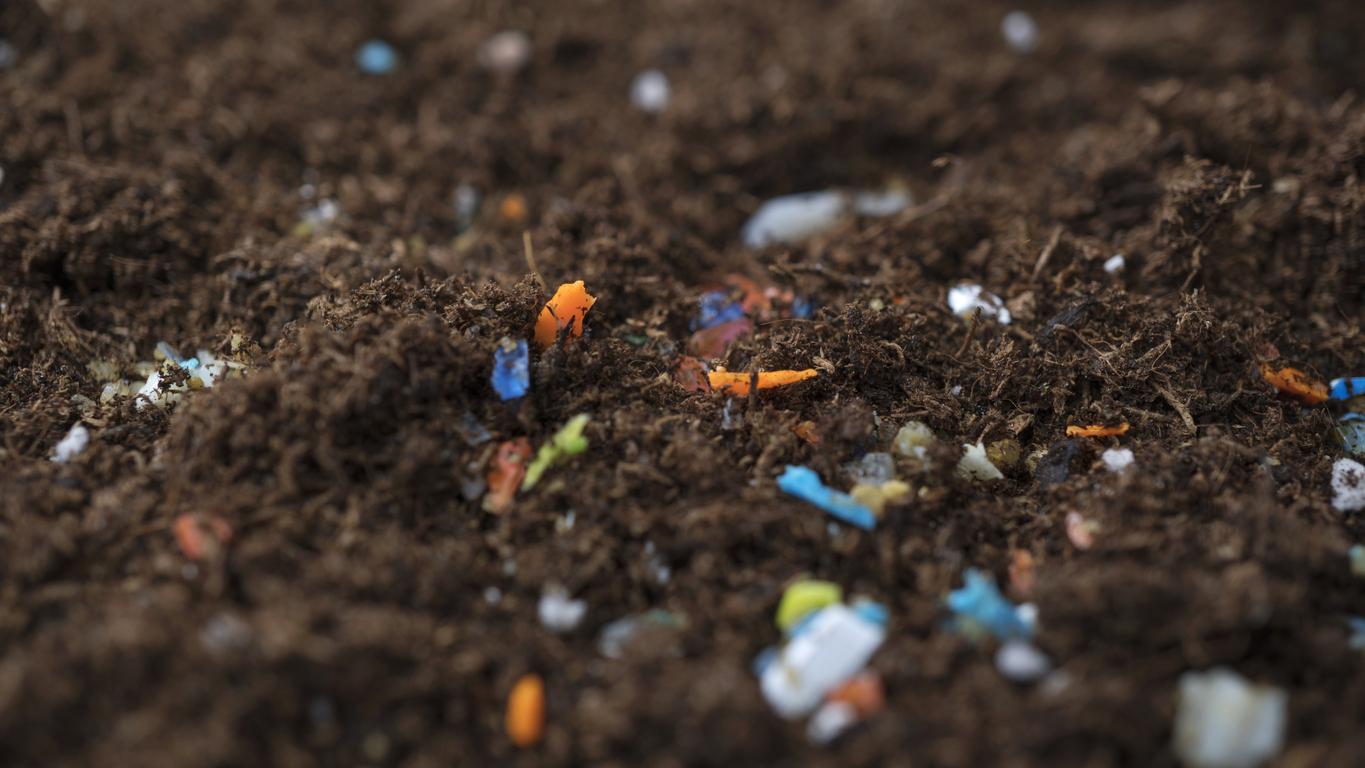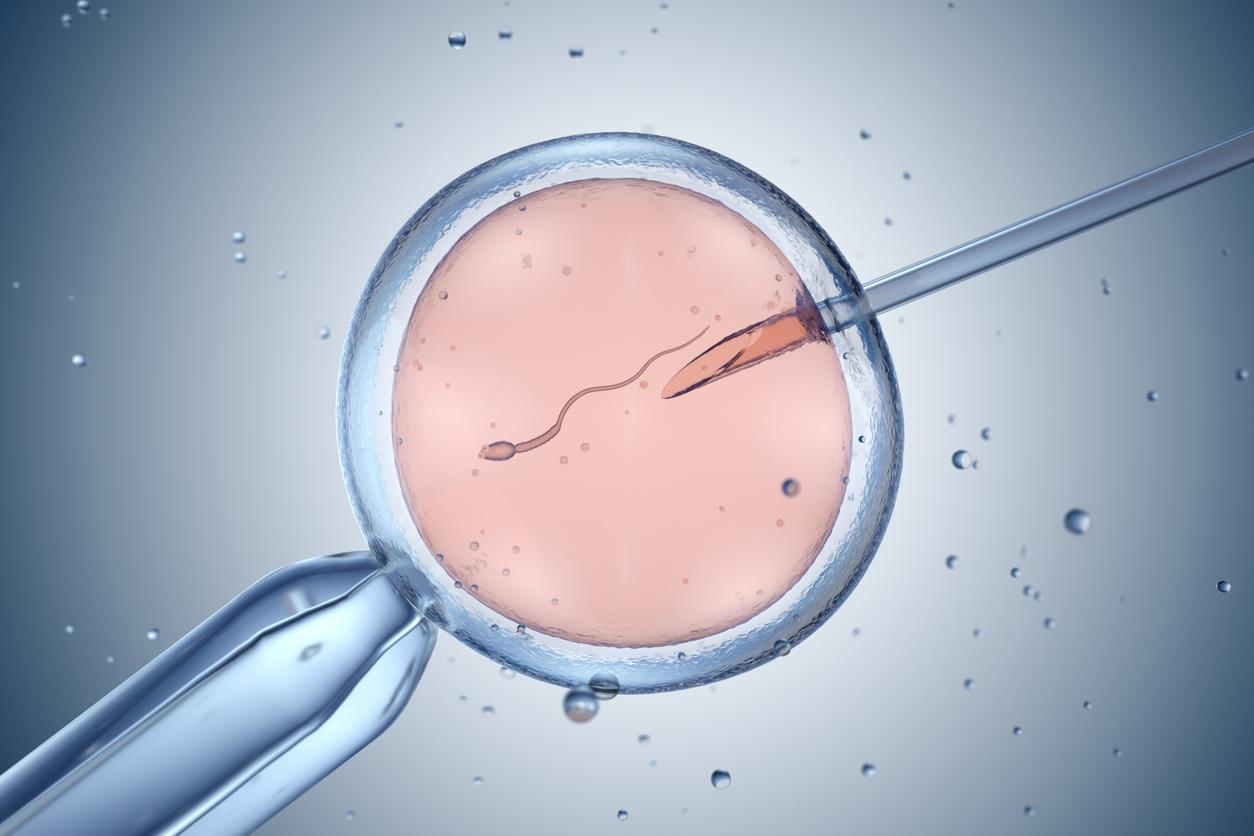Women exposed to high concentrations of these compounds are less likely to see their pregnancy plan come true.

Found in plastics, textiles or printed circuit boards, flame retardants are supposed to make these products less flammable. But at what cost ?
Very persistent in the environment, these substances endanger our health. Some are endocrine disruptors, carcinogens, others are toxic to reproduction.
Harmfulness confirmed by a new study published Environmental Health Perspectives.
A research team from Harvard University (United States) found that women most exposed to these substances are less likely to conceive a child through assisted reproduction (MAP) than other women.
This study, conducted at the fertility clinic at Massachusetts General Hospital, is the first to examine the possible repercussions of these molecules in women undergoing fertilization. in vitro (IVF).
All stages of IVF are compromised
More than 200 women agreed to participate between 2005 and 2015. In their urine samples, the researchers measured the concentrations of new generations of flame retardants designed to be less toxic than the previous one.
However, scientific literature shows that this alternative is capable of disrupting the hormonal system of animals.
These potentially dangerous substances were found in more than 80% of the participants. And this presence is far from inconsequential. According to the researchers’ analysis, women highly exposed to flame retardants see their chances of fertilization decrease by 10% on average compared to other women.
The embryo implantation success rate also drops by 31%. And when these steps are taken, the chances of completing the pregnancy plan are reduced by 38-41%.
“These results suggest that exposure to flame retardants may be one of the factors for IVF failure,” summarizes Courtney Carignan, one of the study’s authors. They also add to the data indicating the need to reduce the use of these substances and to identify safer alternatives ”.
Based on these results, the team would now like to study the impact of these compounds on men, and in particular on their fertility. Previous work has already demonstrated an effect on the testes as well as on sperm production. In the meantime, she advises couples using assisted reproduction to avoid exposure to these toxic products.
Pollutants everywhere
Wise advice but difficult to achieve in practice. If, in France, nothing obliges manufacturers to fireproof upholstered furniture intended for private furniture (sofa, armchair, etc.), spaces open to the public (cinema, theater, etc.) are full of these substances.
Some molecules banned for several years have also accumulated in the environment. They are now found in animal fats, and end up on our plate.
In October 2015, a report from the National Agency for Food, Environmental and Occupational Health Safety (ANSES) even suggested that food is the main source of exposure to flame retardants.
The only positive note: the French are certainly less exposed than the British or the Americans, because in these countries, fire regulations are very strict.
So much so that in the 1960s, in some West American states, children’s pajamas and bedding were treated with these substances. These treatments were banned in the 1970s.
.















